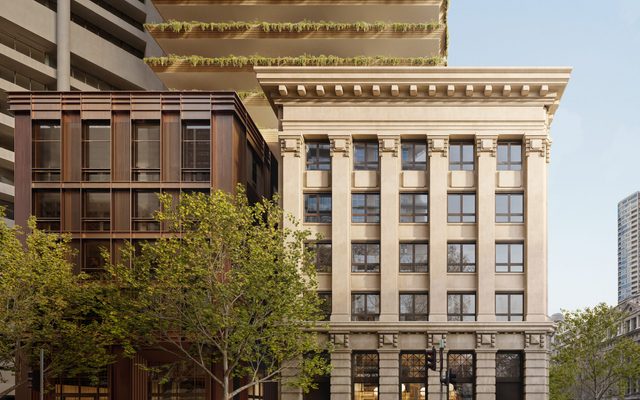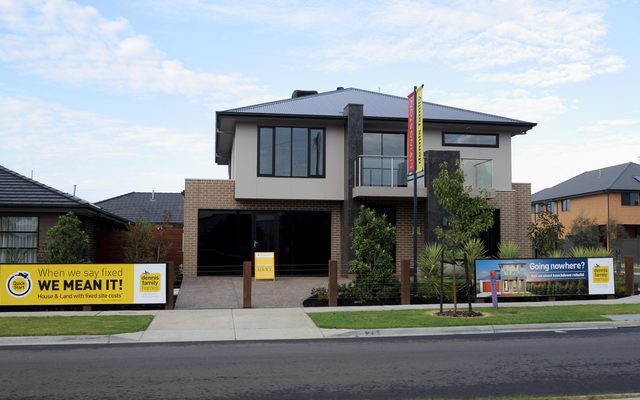This article is from the Australian Property Journal archive
TIGHTENED lending conditions and underlying doubts over build quality following high profile cases of cracking and combustible cladding may have permanently altered the demand landscape for high rise residential towers.
RiskWise Property Research chief executive officer, Doron Peleg said cladding and defects issues, in cases such as the Mascot and Opal towers in Sydney and the Neo200 fire in Melbourne, had created enormous reputational damage across the entire industry and because of this, investors had lost interest in high-rise unit developments and were turning to “safer” house-and-land packages suitable for families.
In July, a development in Sydney’s Zetland was shut for eight months after reports of water damage and faulty fire prevention.
Peleg said that with fears more will become apparent in other buildings and the need to replace combustible cladding in thousands of buildings throughout Australia, demand for units had dropped dramatically.
He said demand for existing and off-the-plan properties, mainly units, began to lower with the introduction of APRA’s lending restrictions in 2017 followed by greater scrutiny of home loan applications.
“Lenders are proceeding much more cautiously too, and this includes non-bank lenders whose business model is to provide alternative solutions from the ADIs, and generally have a less conservative assessment of risk,” he said.
“Add to that the issue of oversupply in many danger zone areas and there is very real risk for developers.
“We have a situation now where lenders aren’t eager to lend and buyers don’t want to buy but we still have developers who are considering developing high rise.”
Units in the pipeline for the next 24 months across Australia equate to 7.6% of current stock. Sydney has a pipeline 58,094 units, at 9.5% of current stock, while Melbourne 59,634 units equating to 8.1% of current stock.
However, in the three months to June, only 8% of stock sold in Sydney, and 12% in Melbourne. In the 12 months to August, a total of 58,400 dwellings were approved in Victoria, 22% lower than the previous year, and dwelling approvals in Victoria have fallen to their lowest level since October 2014.
Knight Frank’s Australian Residential Development Review, in value of Great Sydney development site sales suitable for high-density projects halved in the 2019 financial year, and average site values in both Sydney and Melbourne fell dramatically.
“If you combine the recent quality issues with financial losses from investment in high-rise units, this could amount to a permanent structural change in demand,” Peleg said.
“In some cases developers, instead of assessing the true needs of the market, have developed large numbers of units and have needed to find ways to shift stock by using interstate or overseas markets with high commissions that are often factored into the property price.”
He said a prime example of this type of poor risk management was the oversupply in the Brisbane unit market, which resulted in lower valuations, rising defaults on settlements, heavy discounting and incredible incentives such as new cars.
“We already have significantly reduced levels of demand due to restrictions on foreign investors, credit restrictions, banks refusing to loan to self-managed super funds and local investors looking elsewhere.
“Add to that the high level of unit oversupply and it’s possible to see how structural changes could occur in a sense that the overall demand for off-the-plan dwellings shifts from units to house-and-land packages. Medium-density dwellings, such as townhouses, particularly in popular areas also enjoy higher demand.”
He said some developers were already struggling to meet pre-sales or sales targets in areas where there were high levels of stock and many had not proceeded to commencement.
New residential dwellings that were approved but have not gone ahead has surged to unprecedented levels, driven by abandoned apartments in New South Wales, Victoria and Queensland, according to the ABS.
According to the most recent NAB Commercial Property Index, the number of developers expecting to start new works in the short term remains well below average – consistent with the latest activity indicators showing weakness in both housing and non-residential construction.
In other instances, development defaults were on the increase and developers, such as Ralan Group and Steller, had collapsed or were on the brink of failure.




